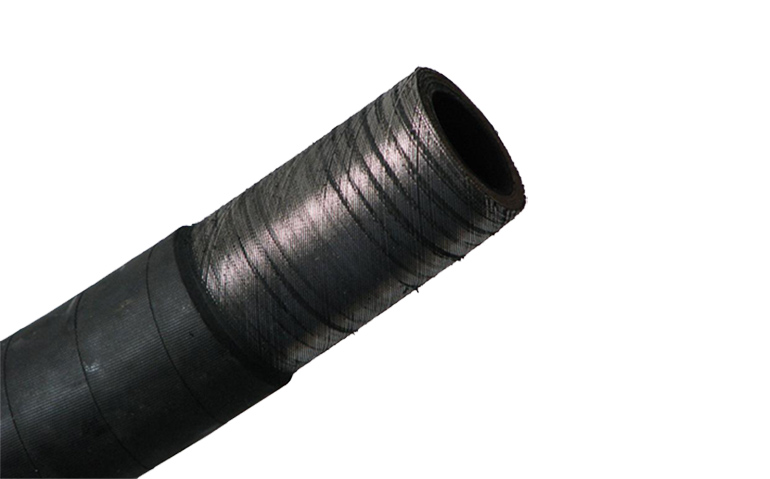Skiving is removing the outer cover at the end of a hydraulic hose in the location of the crimp fitting. For some high-pressure applications, the hose’s inner tube ID may be skived to allow the hosetail to better fit. Using a specialized machine with externally rotating mandrels, the tooling cuts and then peels the outer carcass. Depending on the machine, the skiving process may take thirty to forty-five seconds.

The assembly technician must reference the manufacturer’s catalogue to mark the skive’s length, which corresponds to the mark length used to subtract the coupling length from the overall length. The coupling length is the distance from the tip of the cut hose to the outside tip of the hose end when the hose is installed. The total length of a hose assembly equals the hose cut length plus the sum of each of the two coupling lengths.
Once the skiving process removes the inner or outer rubber layer(s), the remaining hose end is left with its steel braids or windings nearly exposed. A single skive leaves only the outer layer exposed, while its combination with a tube skive is often referred to as a double skive. Where single- or double-skived are chosen depends on the rated pressure, with double skiving more often used in very high-pressure applications.
Once skived, the hose end may be fitted and crimped to the hose. Skived hose assemblies require crimp ends specific to the application and are not compatible with non-skive fittings. A skived hose assembly bites into the reinforcement wires, and as such, is dimensioned differently to avoid breaking through the cover.
Skived hose assemblies are used in applications where ultimate reliability under high-pressure conditions is an absolute must. Because the crimp occurs directly on the wire braiding or spiral, the force exerted is across a more stable surface. A skived hose assembly has less chance of failure, and when done correctly, these hoses rarely fail. Many machinery manufacturers swear by the reliability and safety of a skived hose assembly, requiring them for all applications.
Filed Under: Hose & Tubing, Hose Assembly Tips